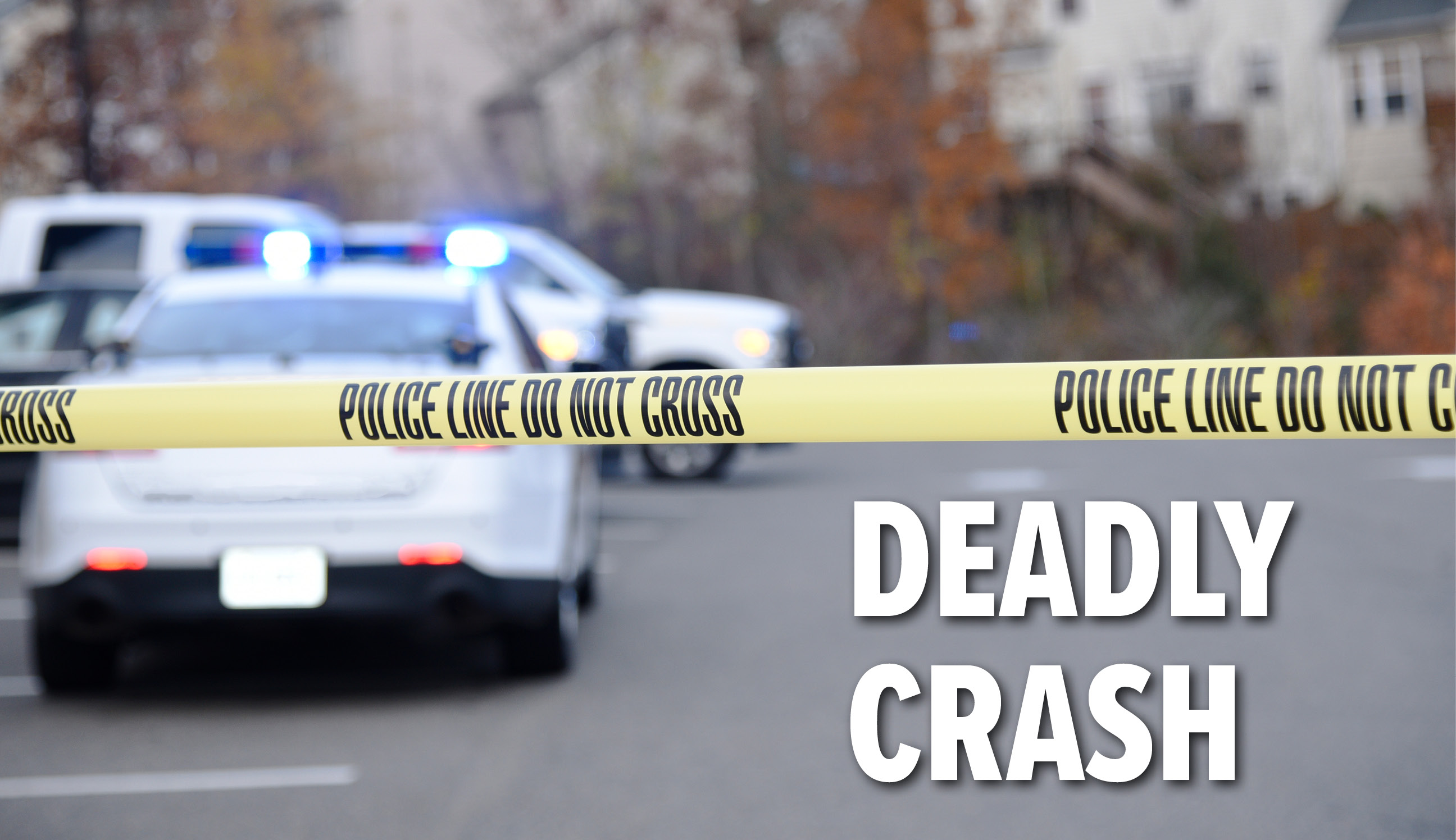Take precaution against heat stroke, exhaustion
Published 12:52 pm Friday, June 10, 2011
During this time of year many folks start to enjoy more outdoor activities.
That, coupled with the resent heat wave, make for the possibility of two very dangerous health conditions – heat stroke and heat exhaustion.
In today’s column I’d like to go over the signs, symptoms and treatment of these maladies.
Trending
Heat stroke is a type of hyperthermia, which is abnormally elevated body temperature. This shouldn’t be confused with hypothermia, where the body’s temperature is abnormally low.
Usually, when body temperature rises, heat dissipates by either radiating throughout the skin or by evaporation of sweat from the skin. However, when these mechanisms fail to work properly, body temperature can rise to 106 F, or higher.
Heat stroke can come on quickly, and its symptoms sometime mimic those of a heart attack.
Different people may have different symptoms, but most symptoms of heat stroke include hot, red or flushed dry skin, high body temperature, absence of sweating, confusion, agitation, difficulty breathing, hallucinations, disorientation, seizures and even coma.
This condition can be fatal, if not quickly treated. The most important thing to do in this situation is to cool the victim.
First, get the victim to a shady area. Remove clothing and apply cool or tepid water to the skin. Fan the victim to encourage evaporation. Apply ice packs to victim’s chest, neck, arm pits and groin. Monitor the person’s body temperature with thermometer until his or her temperature drops to 101 to 102 F. Call 911 immediately.
Trending
Those most susceptible to heat stroke include outdoor workers, athletes, the elderly (especially those with heart, lung or kidney disease, and those on medications that prevent them from sweating), young people, children and pets.
To prevent heat stroke, be sure to stay well hydrated, because a dehydrated person may not be able to sweat fast enough to dissipate body heat. Take frequent breaks to hydrate yourself. Wear hats and lightweight, loose fitting clothing. Get plenty of electrolytes like potassium, sodium and calcium.
Now, let’s turn our attention to heat exhaustion.
Heat exhaustion is a heat related illness that can occur when one has been exposed to high temperatures, usually for several days, and sweated enough to experience dehydration. There are two types of heat exhaustion. Symptoms of water depletion include excessive thirst, headache, weakness and sometimes loss of consciousness.
There is also salt depletion, which involves symptoms such as nausea, vomiting and muscle cramps. Although heat exhaustion is not quite as serious as heat stroke, it’s nothing to take lightly. If not treated quickly, heat exhaustion can lead to heat stroke.
Other symptoms of heat exhaustion include fatigue, rapid heartbeat, profuse sweating, pale clammy skin, dizziness, fainting and dark colored urine (this indicates dehydration. Now, if you’re taking vitamins and minerals your urine may be yellow, because B vitamins for example are yellow, and don’t change color when they leave the body. This is perfectly natural and harmless, but even if your urine is yellow, it should be bright, not dark.)
Drink water all through the day, don’t just drink as much water as you can in one sitting. In fact, if you were to sit and drink two gallons of water at one time, it could actually kill you by making your brain swell. Also, try to avoid alcoholic and caffeinated drinks, because these will dehydrate you even more.
Use these tips for both a safe and enjoyable summer.
Diet or fitness question? Email me at dwcrocker77@gmail.com or visit fitness4yourlife.org.
David Crocker of Landrum has been a nutritionist for 24 years. He served as strength director of the Spartanburg Y.M.C.A., head strength coach S.C. state champion girls gymnastic team, USC-Spartanburg baseball team, Converse college equestrian team, lead trainer to L.H. Fields modeling agency. Crocker was also a regular guest of the Pam Stone radio show.





